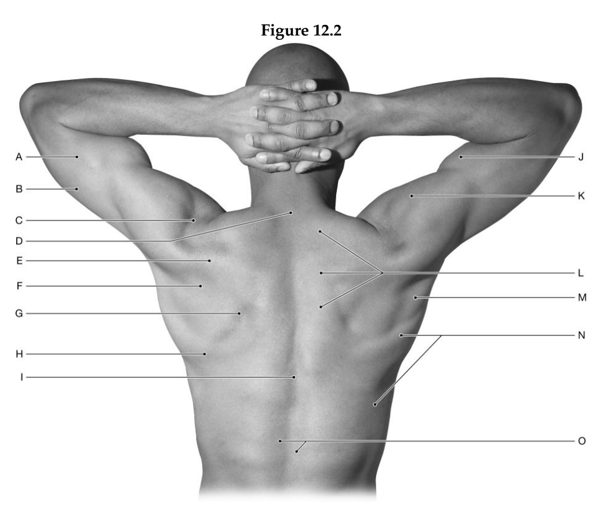In the blood vessels, the frequency of white blood cells from the greatest number to the least number normally is:
A. eosinophils, monocytes, lymphocytes, neutrophils, basophils
B. basophils, eosinophils, monocytes, lymphocytes, neutrophils
C. neutrophiols, lymphocytes, monocytes, eosinophils, basophils
D. monocytes, neutrophils, basophils, eosinophils, lymphocytes
E. neutrophils, lymphocytes, monocytes, basophils, eosinophils
Answer: C. neutrophiols, lymphocytes, monocytes, eosinophils, basophils
You might also like to view...
A G protein is
A. a type of water-soluble hormone. B. a second messenger activated by a steroid hormone. C. a molecule that binds a guanine nucleotide and helps transduce a signal inside a target cell. D. a receptor for a water-soluble hormone that causes arachidonic acid to be extracted from a phospholipid. E. an enzyme that catalyzes the conversion of ATP into cyclic AMP.
This is a first pregnancy for a 22-year-old woman. She is in her 16th week of pregnancy. She is scheduled for an amniocentesis and expresses concern that the "baby will be stuck with the needle." What should the nurse say to the woman?
What will be an ideal response
Using the figure below, identify the labeled part.

1. Label A: ______________________________
2. Label B: ______________________________
3. Label C: ______________________________
4. Label D: ______________________________
5. Label E: ______________________________
6. Label F: ______________________________
7. Label G: ______________________________
8. Label H: ______________________________
9. Label I: ______________________________
10. Label J: ______________________________
11. Label K: ______________________________
12. Label L: ______________________________
13. Label M: ______________________________
14. Label N: ______________________________
15. Label O: ______________________________
The acidity of sweat contributes to the acid mantle that inhibits bacterial growth in the skin
Indicate whether the statement is true or false